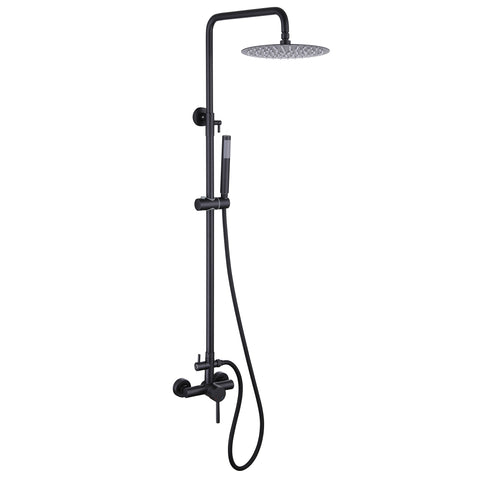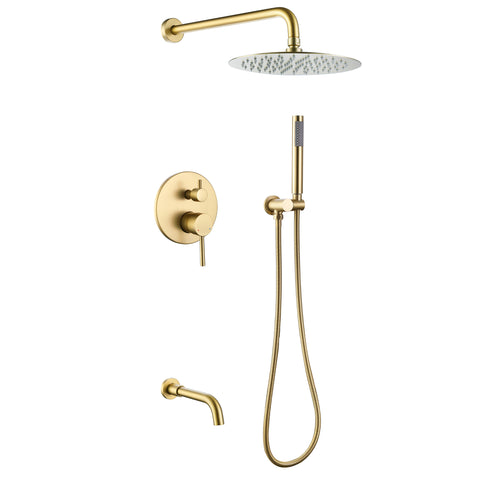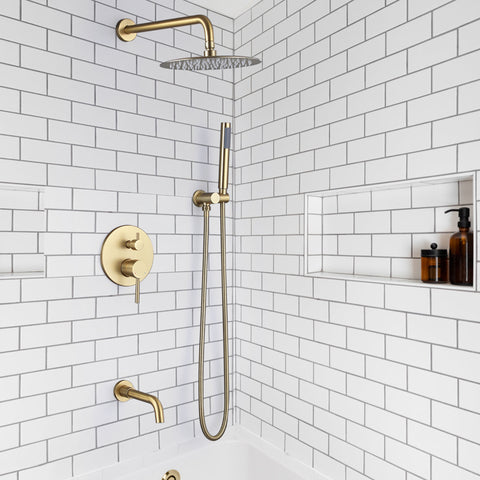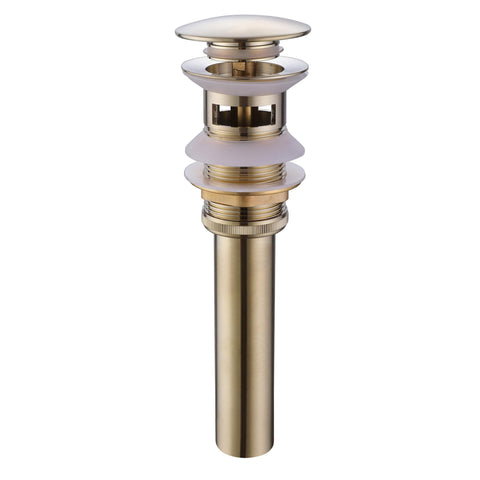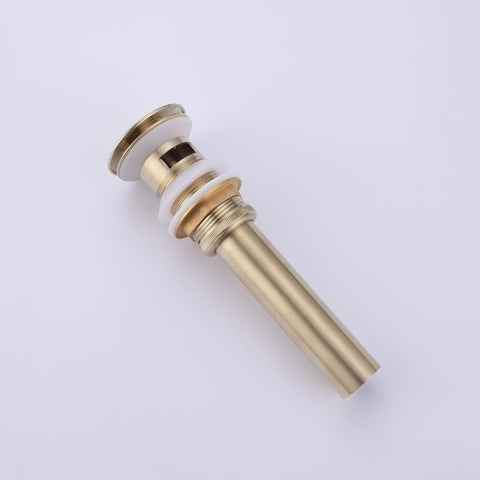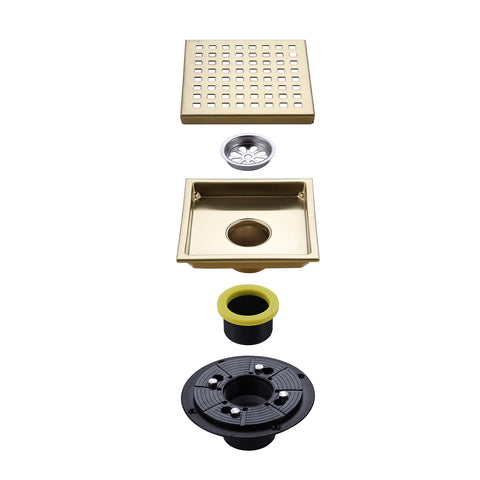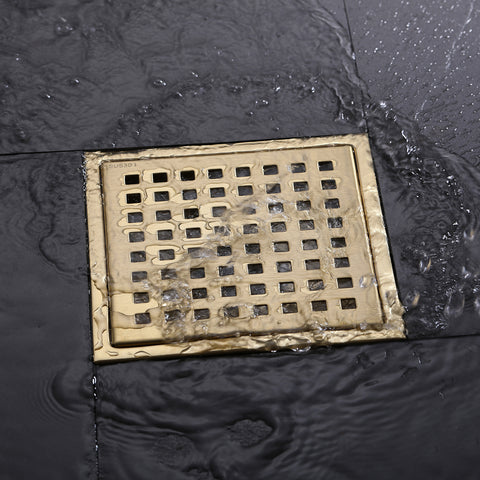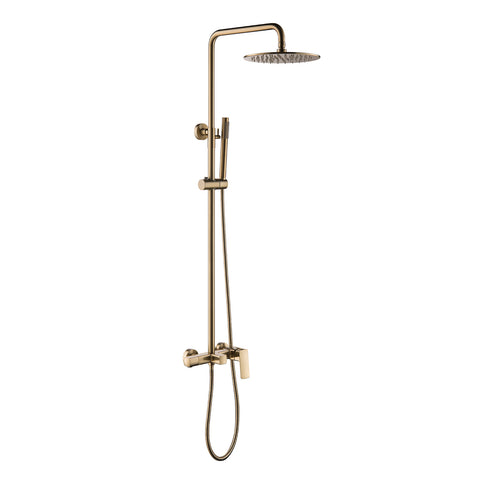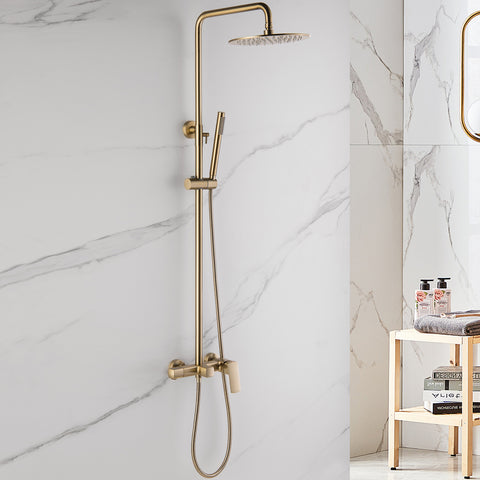How to Fix a Dripping Faucet: Causes, Solutions, and Prevention
Faucets are an essential part of any home, and keeping them in top condition is key to avoiding unnecessary stress and water waste. A leaky faucet doesn’t just disturb your peace or hike up your water bill—it can also cause significant damage if left unchecked. Most faucet leaks are caused by corrosion, worn seals, mineral deposits, or damaged washers and O-rings. Thankfully, with the right tools and a bit of know-how, many leaks can be fixed by homeowners themselves.
Common Causes of Dripping Faucets
Understanding what causes your faucet to drip is the first step towards fixing it effectively. Here are the most common culprits:
- Worn-Out Washer: Rubber or plastic washers wear out over time, leading to leaks when the faucet is off.
- Corroded Valve Seat: The valve seat connects the faucet to the spout; corrosion here can cause leaks around the spout area.
- Loose Parts: Screws, O-rings, and seals can loosen or wear out, leading to drips.
- High Water Pressure: Excessive pressure can damage faucet components, causing leaks.
- Improper Installation: A poorly installed faucet may fail to create a watertight seal, resulting in leaks.
Troubleshooting and Solutions
Once you’ve identified the cause, use these practical steps to fix your dripping faucet:
Replace the Washer
- Turn off the water supply to the faucet.
- Remove the handle and escutcheon cap to access the valve assembly.
- Unscrew the valve assembly with a wrench, replace the worn washer with a new one of the same type and size, reassemble, and turn the water back on.
Clean or Replace the Valve Seat
- Remove the valve assembly and extract the valve seat using a valve seat wrench.
- Clean corrosion with a wire brush or replace the valve seat if damaged.
- Reassemble the faucet and test for leaks.
Tighten Loose Parts
- Inspect screws, nuts, and O-rings for looseness or wear.
- Tighten or replace damaged parts as necessary.
Install a Pressure Reducing Valve (PRV)
- If high water pressure is suspected, install a PRV in your home’s plumbing to regulate pressure and protect your fixtures.
Seek Professional Help
- If improper installation is the cause, or if you’re unsure about your repair skills, consult a licensed plumber to correct the issue and avoid further damage.
Conclusion
While a dripping faucet may seem like a small annoyance, it can waste a significant amount of water and increase utility costs over time. By understanding the common causes and using these repair strategies, you can fix leaks quickly and keep your faucet—and your plumbing system—in optimal condition. If in doubt, don’t hesitate to contact a professional plumber to ensure a reliable, long-term solution.
